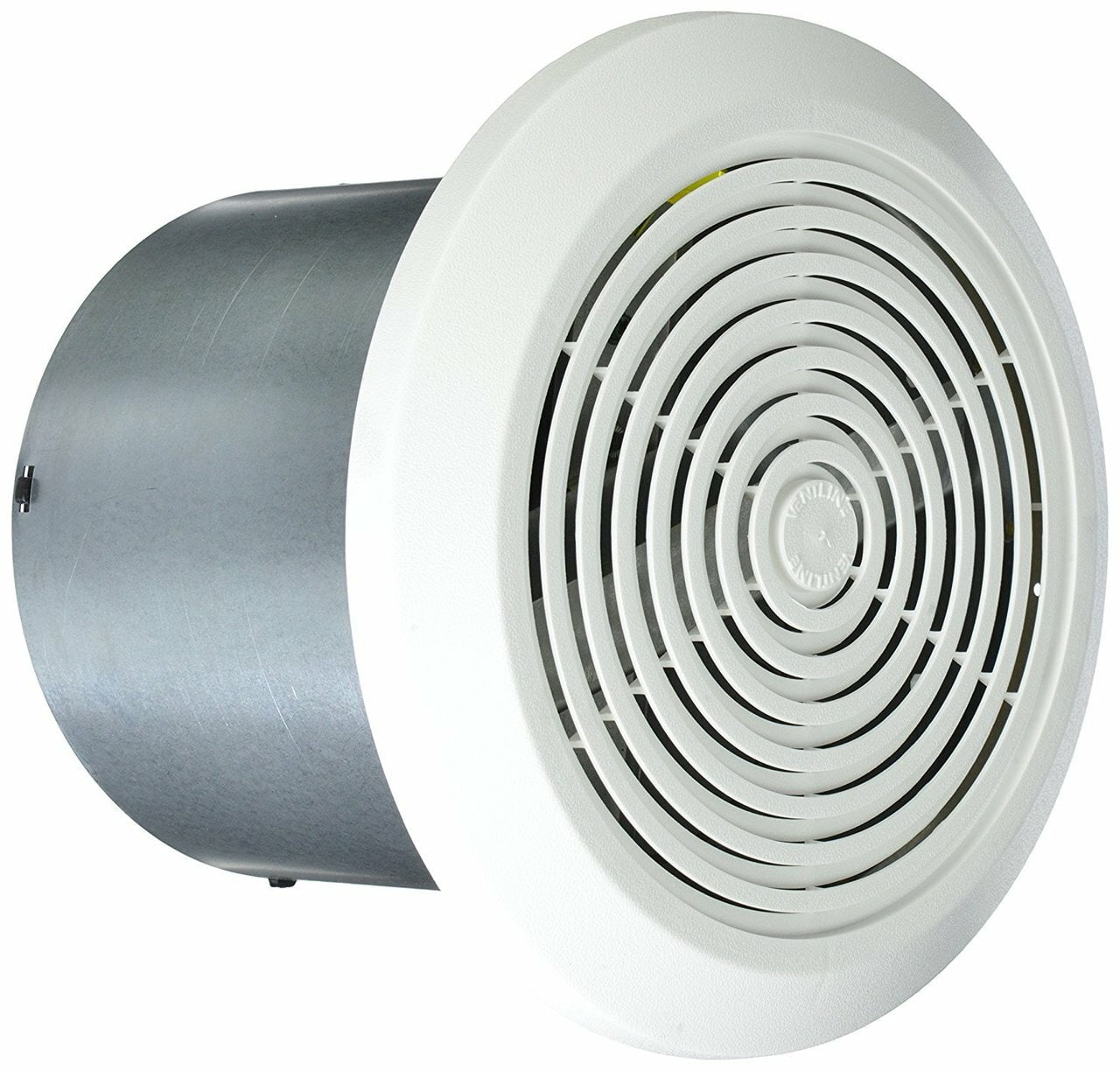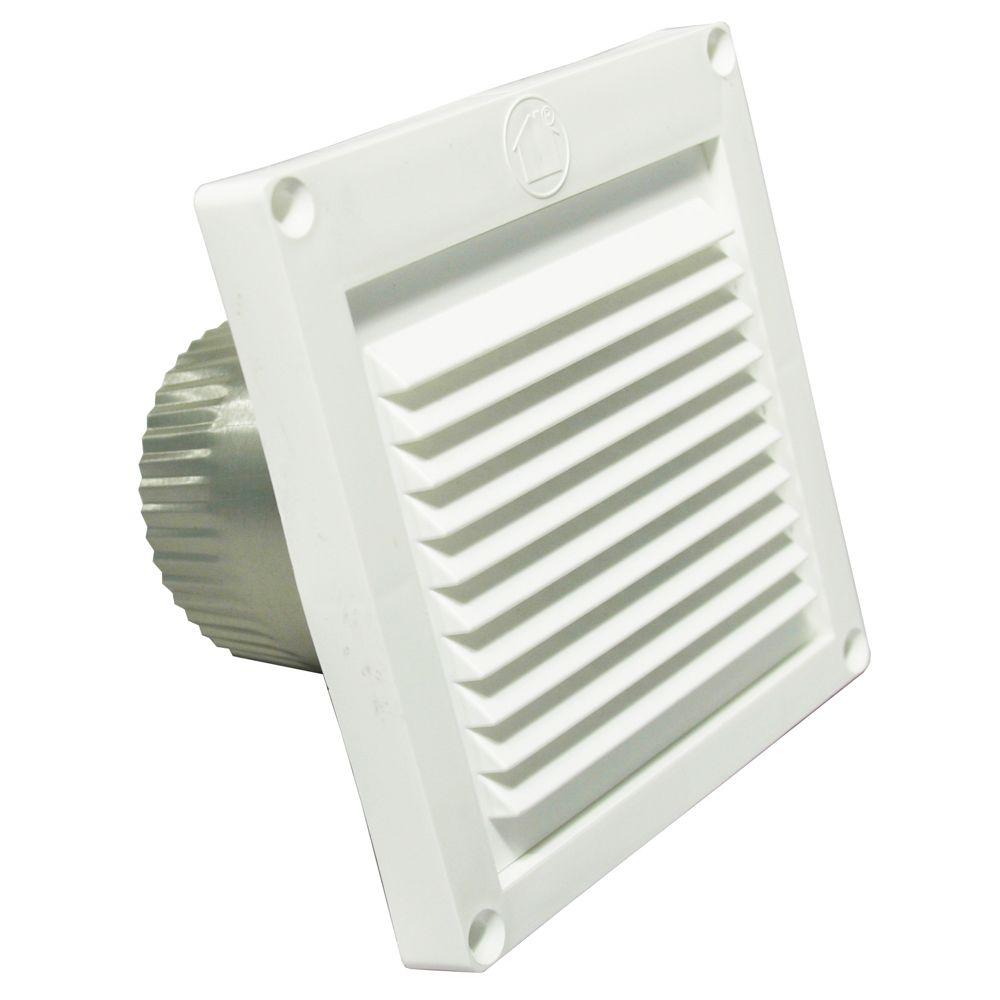Bathroom Exhaust Vent Basics

Bathroom exhaust vents are crucial for maintaining a healthy and comfortable bathroom environment. They play a vital role in removing excess moisture, odors, and pollutants, preventing mold growth and improving air quality.
Types of Bathroom Exhaust Vents
Bathroom exhaust vents come in various types, each with its unique features and benefits.
- Axial Fans: These fans are the most common type, featuring a single, rotating blade that pushes air directly out of the vent. They are relatively inexpensive and efficient, making them suitable for most bathrooms.
- Centrifugal Fans: These fans use a spinning impeller to create a high-velocity air stream, effectively removing large volumes of air. They are often used in larger bathrooms or those with high humidity levels.
- Inline Fans: These fans are typically installed within the ductwork, providing quieter operation and improved efficiency. They are a good option for bathrooms where noise is a concern.
How Bathroom Exhaust Vents Work
Bathroom exhaust vents operate by creating negative pressure within the bathroom, drawing air out through the vent and into the exterior.
The process begins with air being drawn into the vent by the fan, creating a pressure difference between the inside and outside of the bathroom. This pressure difference forces air out of the bathroom, carrying with it moisture, odors, and pollutants.
The effectiveness of a bathroom exhaust vent depends on factors such as the size and type of fan, the length and diameter of the ductwork, and the ventilation rate.
Choosing the Right Bathroom Exhaust Vent: 3 Bathroom Exhaust Vent

Choosing the right bathroom exhaust vent is crucial for maintaining a healthy and comfortable bathroom environment. A well-functioning vent helps remove moisture, odors, and pollutants, preventing mold growth, mildew, and respiratory issues. But with so many options available, it can be overwhelming to know which vent is best for your needs.
Factors to Consider When Selecting a Bathroom Exhaust Vent
The right bathroom exhaust vent for you depends on several factors, including the size of your bathroom, the amount of moisture it generates, and your budget.
Here are some key factors to consider:
- Size: The size of the vent should be appropriate for the size of your bathroom. A larger bathroom will require a vent with a higher CFM (cubic feet per minute) rating to effectively remove moisture.
- Airflow Capacity: The airflow capacity, measured in CFM, determines how much air the vent can move per minute. The higher the CFM, the more effectively the vent can remove moisture and odors.
- Noise Level: Some vents are louder than others. Consider the noise level of the vent, especially if your bathroom is close to a bedroom or other living area.
- Energy Efficiency: Energy-efficient vents can help save money on your energy bills. Look for vents with features like automatic timers or humidity sensors that help reduce energy consumption.
Types of Bathroom Exhaust Vents
Bathroom exhaust vents come in a variety of types, each with its own pros and cons.
- Standard Vents: These are the most common type of bathroom exhaust vent. They are typically inexpensive and easy to install. Standard vents often have a lower CFM rating than other types of vents, and they may not be as energy-efficient.
- Inline Vents: Inline vents are a more powerful type of vent that is often used in larger bathrooms. They have a higher CFM rating and are typically more energy-efficient than standard vents. Inline vents are usually installed in the attic or crawl space, which can make installation more challenging.
- Fan-Powered Vents: These vents use a fan to draw air out of the bathroom. Fan-powered vents are typically more powerful than standard vents and can be more energy-efficient. They can also be quieter than standard vents.
- Heat Recovery Vents: These vents are designed to capture heat from the exhaust air and transfer it to the incoming fresh air. This can help reduce energy costs by reducing the amount of heat lost from the bathroom. Heat recovery vents are typically more expensive than other types of vents.
Choosing the Right Bathroom Exhaust Vent for Your Needs, 3 bathroom exhaust vent
Once you have considered the factors above, you can start to narrow down your choices.
- Small Bathroom: For a small bathroom, a standard vent with a CFM rating of 50-75 should be sufficient.
- Medium Bathroom: A medium-sized bathroom will likely require a vent with a CFM rating of 75-100.
- Large Bathroom: A large bathroom may need a vent with a CFM rating of 100 or more.
- High Moisture Generation: If your bathroom generates a lot of moisture, such as from a shower or bathtub, you may want to consider a vent with a higher CFM rating.
- Energy Efficiency: If you are concerned about energy efficiency, consider a vent with features like automatic timers or humidity sensors.
Installing and Maintaining Bathroom Exhaust Vents

Installing a bathroom exhaust vent is a straightforward process that can significantly improve your bathroom’s air quality and prevent moisture buildup. This process involves selecting the right vent, mounting it, connecting it to the ductwork, and ensuring it’s properly sealed to prevent leaks.
Installing a Bathroom Exhaust Vent
Installing a bathroom exhaust vent requires basic DIY skills and some common tools. The process involves several steps, ensuring proper installation for optimal performance and longevity.
- Choose the Right Location: Select a spot on the ceiling or wall that provides the shortest path to the exterior. Ensure the vent is at least 3 feet away from any combustible materials and not located directly above a shower head.
- Mark and Cut the Hole: Use a pencil to mark the vent’s location on the ceiling or wall. Use a hole saw or a jigsaw to cut a hole that matches the vent’s size.
- Mount the Vent: Insert the vent housing into the hole and secure it with screws or nails. Ensure the vent is level and properly secured to prevent leaks or damage.
- Connect the Ductwork: Attach the flexible ductwork to the vent housing, extending it to the exterior wall or roof vent. Use duct tape to seal any gaps and ensure a tight connection.
- Install the Roof Vent: If venting to the roof, install the roof vent according to the manufacturer’s instructions. Ensure the vent is properly sealed and weatherproofed.
- Test the Vent: Turn on the vent and check for proper airflow. Ensure the vent is exhausting properly and there are no leaks.
Maintaining a Bathroom Exhaust Vent
Regular maintenance is crucial to ensure your bathroom exhaust vent continues to function effectively. Cleaning and inspecting the vent regularly can prevent clogs and ensure proper airflow.
- Clean the Vent Cover: Remove the vent cover and clean it with a damp cloth or vacuum cleaner.
- Inspect the Ductwork: Check for any cracks, holes, or obstructions in the ductwork. Repair or replace any damaged sections.
- Clean the Exhaust Fan: Remove the exhaust fan and clean the blades and motor with a soft brush or vacuum cleaner.
- Check the Vent’s Operation: Ensure the vent is turning on and off correctly and the fan is running smoothly.
3 bathroom exhaust vent – A well-ventilated bathroom is crucial for maintaining a healthy environment. Three exhaust vents ensure proper air circulation, preventing moisture buildup and mold growth. But what about safety? A bathroom door lock emergency key can be a lifesaver in case of an accident or emergency, allowing access to the bathroom if someone is locked inside.
With a well-ventilated bathroom and a safety plan in place, you can create a comfortable and secure space for your family.
A well-maintained exhaust vent in your bathroom is crucial for a healthy environment, but sometimes the most unexpected obstacles arise. Imagine, you’re about to enjoy a relaxing soak, but the door is locked! Don’t panic, you can find a solution with some simple steps – check out this helpful guide on open locked bathroom door.
Once you’ve tackled that hurdle, you can return to ensuring your exhaust vent is working efficiently, keeping your bathroom fresh and free of moisture.